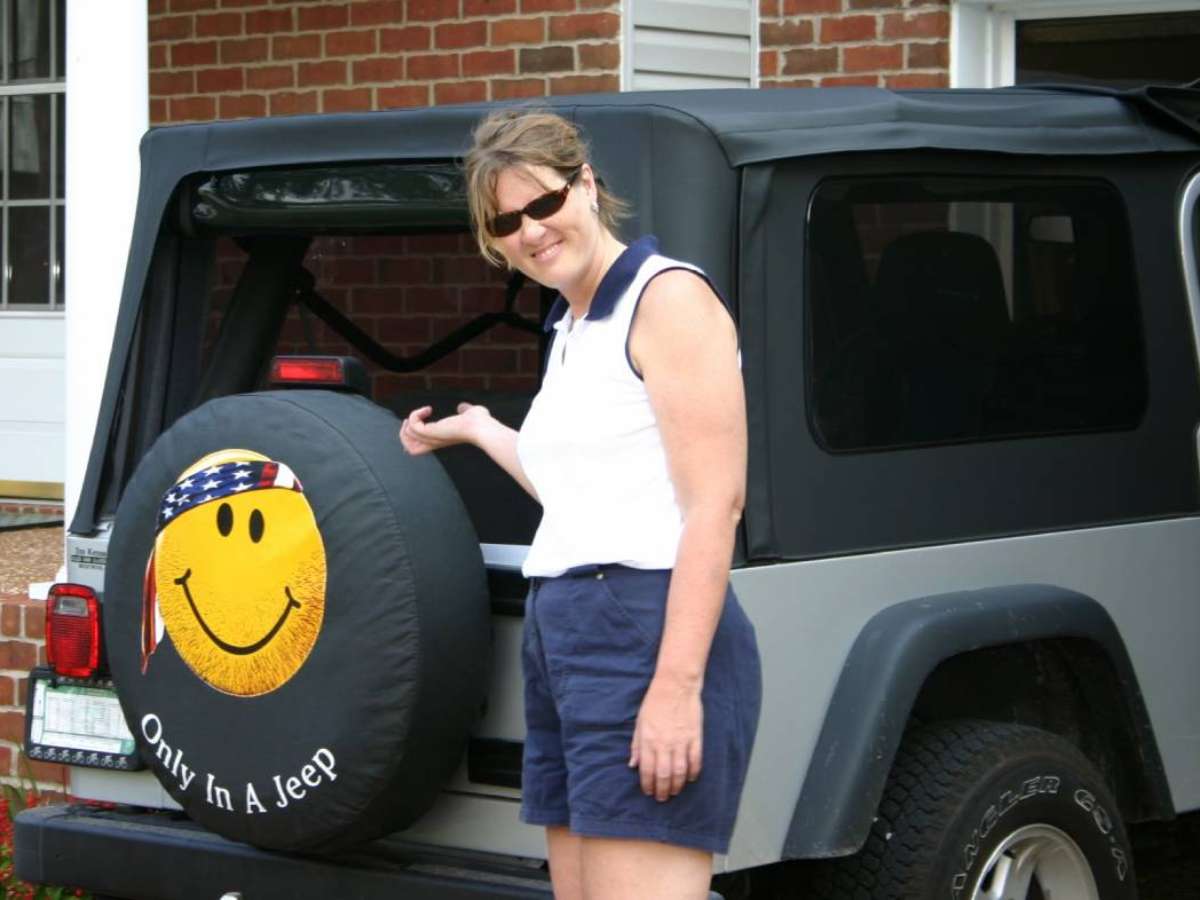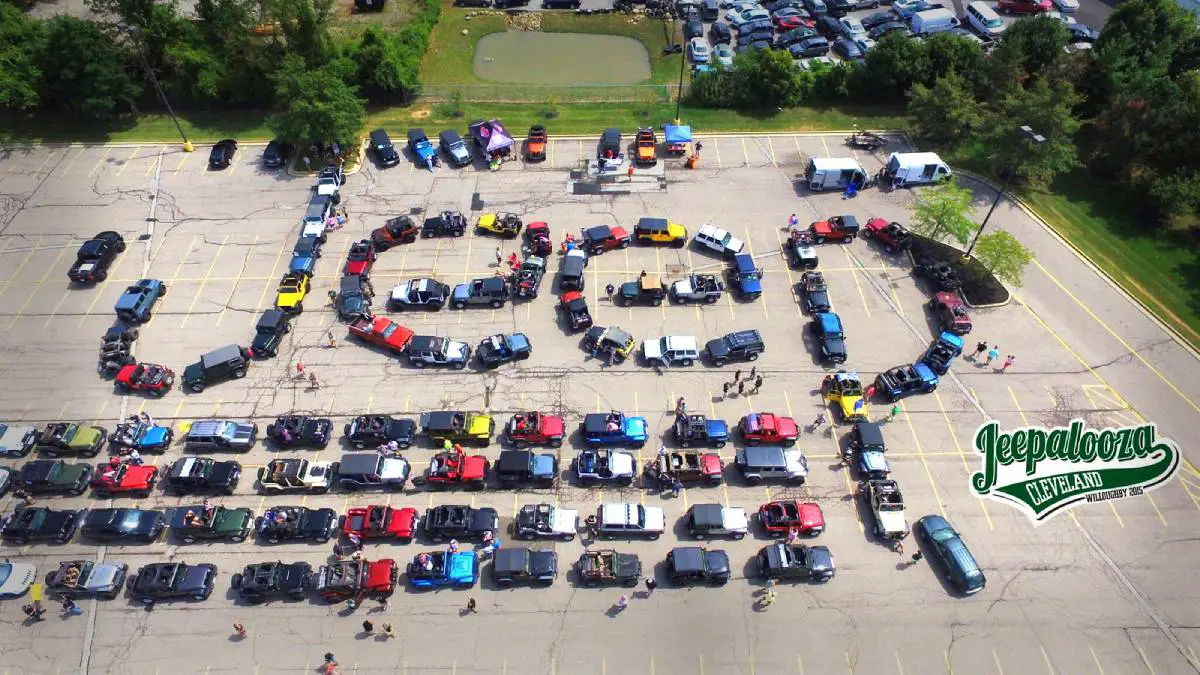Is your check engine light flashing?
There’s nothing more annoying than starting your engine only to see your Jeep’s dashboard lit up with warning lights — especially if you don’t have your user manual handy to help you translate what all of those flashing symbols mean!
The best thing to do is memorize all those warnings, especially if you’re going to be out on the trails.
But if you’re like me (someone who can barely remember their own phone number, let alone what all the idiot lights on my dashboard mean), here’s how to make sense of what your Jeep is trying to tell you.
Your guide to what Jeep warning lights mean and what to do if your Jeep check engine light is flashing…
Onboard Diagnostics Explained
Jeep warning lights (often called idiot lights) are the only tool your car has to talk to you under normal circumstances.
Starting in the 1980s, automotive manufacturers began installing diagnostics systems that could analyze everything happening under the hood of the vehicle using dozens of sensors installed throughout the engine.
These onboard diagnostics (OBD) work by collecting data from those sensors and sending the information back to the electronic control unit — which is your car’s brain.
If the sensor detects something is amiss, either with the engine or the sensor itself, it sends a diagnostic trouble code (DTC) back to the engine control unit — which, in turn, triggers the associated warning light.
Most cars have more than a dozen warning lights scattered across their dashes with different meanings.
So, how can you learn how to speak your Jeep’s language?
How To Understand What Your Jeep Is Telling You
What do you need to understand your Jeep’s warning lights?
That depends on how old your vehicle is.
For cars built before the 1980s…
There are no onboard diagnostics — so if you see an idiot light, it’s usually labeled “trouble” or “engine.” This means there is a problem with the engine that will result in a breakdown. It won’t give you any more detailed information, but it could indicate anything from low oil pressure to an overheating engine or issues with the charging system.
For Jeeps built between the mid-1980s and 1996…
You’re dealing with the earliest incarnation of the OBD systems (sometimes called OBD-1 to differentiate it from its more modern counterparts). If the check engine light comes on, all that you need to check the Jeep error codes (or DTC) is your key and a note pad:
- Put the key into the ignition, then turn it on-off-on-off-on — don’t start the engine, merely turn it to the on mode. If you do it quickly enough (within 5 seconds), the check engine light will begin blinking.
- Each DTC consists of 2 digits, which will display in the flashes. So, if you’ve got a code 11 — which means there’s a problem with the cam or crank positioning sensors — the light will flash once, pause, then flash once again.
- OBD-1 codes on Jeeps range from 11 to 77. Once you’ve figured out what numbers you have, refer to the Internet or this list to help you figure out what your Jeep warning lights are telling you.
For cars built from 1996 onward…
You’ll need a specialized tool to check the OBD II codes. OBD 2 languages are 5 characters long, starting with a letter and ending with 4 or 3 numbers and another letter. There are also hundreds of them — far too many to translate with flashes.
You can purchase an OBD II scanner for between $50 to $100 for a basic model, which is necessary for most cars. Here’s how to use an OBD 2 scanner:
- Plug in the scanner into the OBD connector.
- Turn your key to “ON” or “ACC” (depending on the scanner model) and read the codes.
- You can both read and delete the numbers as necessary with an ODB 2 scan tool.
The ODB connector must be located within 3 feet of the driver and must not require any tools to be revealed. Look under the dash and behind ashtrays. Source
For some Jeeps (especially those with digital odometers)…
All you need is your key! Depending on your vehicle’s model, you can turn the key to the ON position, then turn it off/on again 3 times, ending with ON. If you did it right, your odometer will show 6 dashes real quickly and then display the diagnostic code(s) — the word “DONE” will appear after the final code is displayed. If this doesn’t work, then you’ll need to use an OBD II scanner to pull the codes.
When To Worry
So, when should you worry about your Jeep’s warning lights?
I can think of 2 scenarios where ignoring my Jeep’s idiot lights came back to bite me in the rear — and both of them happened at the same time:
- I was out on the trails and my Jeep check engine light started flashing. I didn’t think anything of it, and honestly, I ignored it. I had just tuned it up, it was purring like a kitten and I wasn’t going to let something as simple as a check engine light ruin my fun. That was error number one.
- Error number two happened about 30 minutes later when my engine started shuddering. It got worse when I accelerated, and finally, I ended up stranded on the side of the trail.
A flashing check engine light is usually a sign that there’s an imminent problem — one you shouldn’t ignore.
In my case, it was a misfire. During my tuneup, I had swapped out the spark plugs and plug wires, and either I hadn’t secured them or they fell out of their guides because they melted into my valve cover as I drove.
If I had stopped and checked the codes, I would have been able to fix the plug wires — or at least remove them from the hot engine so I could get out of the woods.
As it was, I had to call for a rescue. A friend of mine was kind enough to bring me a new set of plug wires so I could swap them out on the side of the trail.
I made it home that night, but I learned my lesson.
Don’t Ignore Your Jeep Warning Lights!
It might seem like an inconvenience, but if your car’s dashboard warning lights are on, don’t ignore them. It will come back to bite you.
Once you know how to understand your Jeep’s language, it will never lead you astray.
Here’s how to reset a Jeep check engine light (…you can watch how to do it in this video).
Like this post? Save it to read again later… or share with others on Pinterest!






